As we wrote the last time Chrissy Guarino provided a guest post, she is our “most prolific guest blogger” and with blog posts like these, well, we’re glad about that! This is the second time Chrissy has written about banding Northern Saw-whet Owls on 10,000 Birds but this time she is focusing more on the science. Here’s hoping that Chrissy keeps offering us such great material and that 10,000 Birds readers feel moved to contact and support Dr. Proudfoot (see the end of the post for contact information).
Each autumn, in the northern hemisphere, a mass exodus commences; Northern Saw-whet Owls Aegolius acadius depart their breeding grounds in the boreal forest belt of Canada and the northern United States for more temperate climes in which to pass the winter months. There are hundreds of banding stations scattered about the U.S. and Canada that set mist nets in the way of the flood of migrants to learn a bit about this hemisphere’s most numerous owl.
According to Project Owlnet the migration reaches a peak about the same time as fall foliage is at its most colorful and the birds depart their northernmost locations around mid-September. Where I live, in upstate New York, I assist master bander Dr. Glenn Proudfoot of Vassar College in Poughkeepsie, NY who begins banding on 1 October and continues until the birds stop coming. Dr. Proudfoot operates a banding station at Vassar College and also at the Mohonk Preserve in New Paltz, NY.
It is an amazingly interesting project for many reasons, not the least of which is that we get to handle these incredible birds. I continue to be amazed at the strength and power the tiny owls possess. They are small enough to fit in a 6-ounce tomato paste can, yet their impressive talons can rip open the skin on one’s hands with little effort. Their talons make a housecat look like it’s been declawed. They tend to be fairly docile when handled and this is a most endearing characteristic, until you underestimate one and it nails you with those daggers.
Some interesting things that Dr. Proudfoot researches include developing a reliable way to sex the birds using mass and wing measurements. In Northern Saw-whet Owls as in most raptors, females tend to be larger than males. Dr. Proudfoot takes measurements of the birds and pairs them with DNA samples in order to determine sex reliably and develop a more comprehensive set of guidelines that researchers can use when banding birds.
Interesting information can also be gathered when a banded bird is recaptured or even found dead. The location of recapture or recovery of a band can be submitted to a database managed by the US Fish and Wildlife Service which can then provide information on where the bird was originally captured and banded and can show where the bird has traveled. Dr. Proudfoot recently recaptured in Poughkeepsie a bird that he banded 374 days earlier in New Paltz. That bird is migrating pretty close to the same time as last year and within 20 miles of last year’s flight path. Unfortunately, as with any bird banding undertaking, the recapture rate is very low. Every recaptured bird or recovered band is therefore very important.
Dr. Proudfoot also collects a feather sample from each bird, which can be used to determine the geographic region where that bird grew that feather. Stable isotopes that were integrated into the feather as it grew in can be analyzed to determine the general area of the world that has a similar isotope ratio (more information on this can be found here).
Dr. Proudfoot also determines the age of the bird based on the pattern of molting shown by the primary and secondary flight feathers. Northern Saw-whet Owls molt their flight feathers in a specific pattern and by looking at the distribution of old and new flight feathers you can determine if the bird is a hatchling of that year, in its second year of life, or older than a second-year bird. Most birds that are banded are second-year birds but there is a single record of a bird that was recaptured eleven years after it was banded which is a pretty wise old owl. A black light can be used to show more easily which feathers are old or new based on the amount of porphyrin, a chemical that breaks down in the presence of UV light or sunlight. A black light shined on an outstretched wing can clearly show bright pink new feathers and duller older feathers.
Dr. Proudfoot is currently funding much of this research himself and offers the general public the opportunity to adopt an owl and keep this research going. You can support the research and receive reports of the whereabouts of an owl that you have adopted. If you would like to contribute, please e-mail Dr. Proudfoot directly at glproudfoot@vassar.edu.



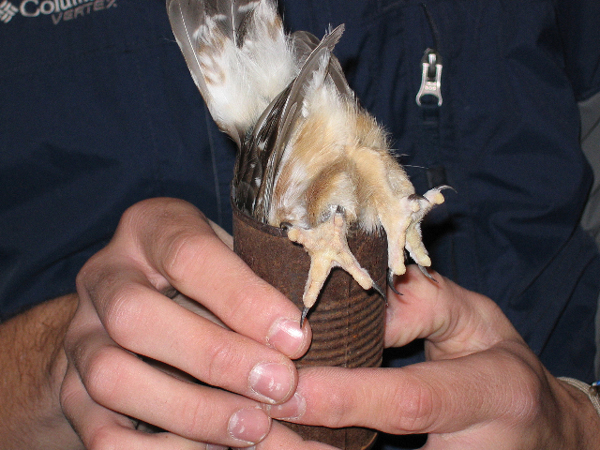
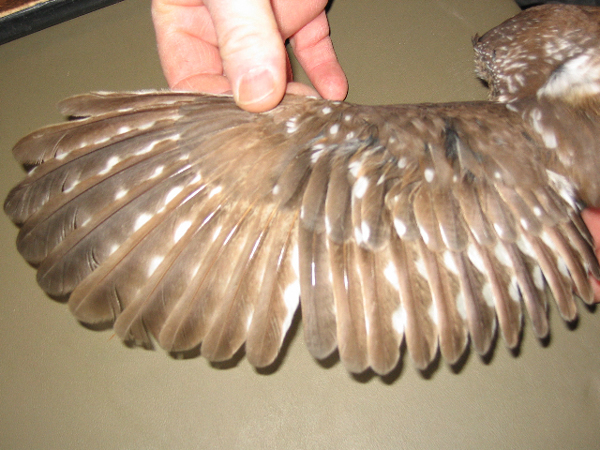




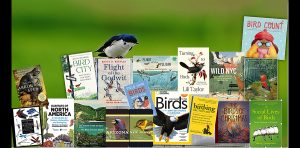
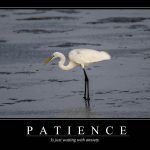
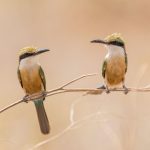
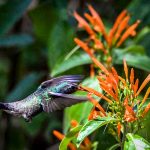
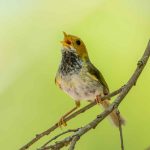

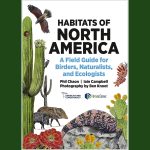
No-one’s commented yet? Why’s that, I wonder? I thought this was a great post and just the sort of thing that we should be putting on the blog: have I got that wrong folks? Please let us know…
@Charlie: I think this post was just good enough that no one felt they could improve upon it with a comment…
Very cool post- I always want to know more about Saw-whets and how could anyone not want to learn more about these enigmatic imitators of stuffed animals!
It is really cool to work with these birds – i encourage everyone who lives near a banding station to see if they can volunteer. Check Project Owlnet for banding station locations!
This is the first year in St. Joseph, Mo. that we have been banding the Saw-whet. It is in conjunction with Missouri Western State University and the local Audubon Society. Has been a great experience for all of us. Loved the post
Hi there. Just reading your great posting regarding the Northern Saw-Whet Owl. I was very interested in learning about the migration patterns. I live in Toronto, Ontario, Canada, and this past Friday, my wife and I came upon an adult Saw-Whet Owl out in the bush. This was the first time as birders that we had ever seen a Saw-Whet Owl. Fortunately, we had our camera with us and got some good pictures and video. We have posted them for anyone interested at: http://frametoframe.ca/photo-essay-northern-saw-whet-owl-sighting
I am temporarily living 25 miles north of Duluth, MN at a small cabin in the woods. I was out getting more wood from the wood shed a couple of hours after sunset and heard “beep, beep, beep, beep (repeat). I could not identify the source which was aproximately 1/5 mile away. I figured it was a bird, but wasn’t certain. This was back in the second week of March. Last night I looked it up and found it is the Saw-whet Owl.
Mystery solved.